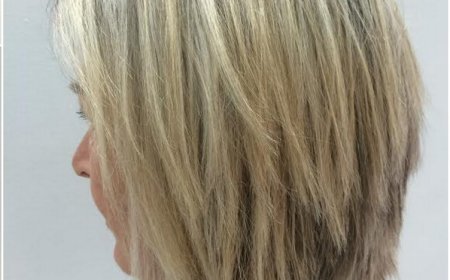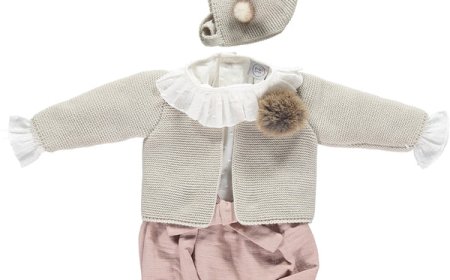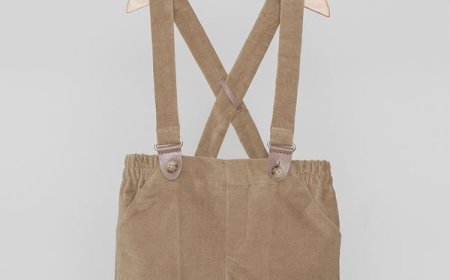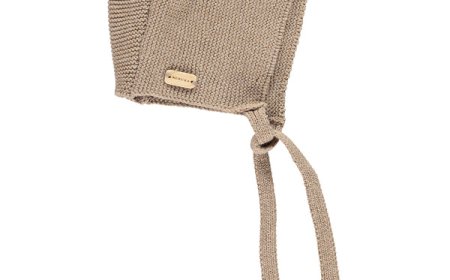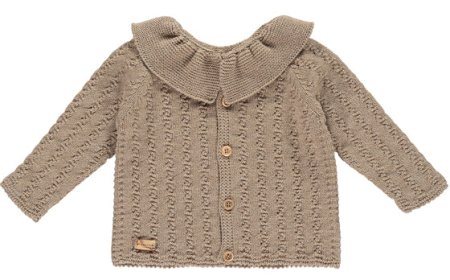What Hair is Best for Extensions? Your Expert Guide to Choosing High Quality Hair

When it comes to choosing hair extensions, one of the most frequently asked questions truly is: what hair is best for extensions? Whether you're a salon owner, a professional stylist, or simply someone looking for the most natural and long-lasting hair enhancement for day-to-day use or a night out with the girls, understanding the different types of hair available is essential for having a successful and healthy hair journey. From synthetic fibres to premium virgin Remy hair, the quality and origin of hair used in clip in hair extensions, tape ins, nano rings and more can make all the difference in terms of look, feel, and longevity.
In today’s blog, we'll walk you through all of the main types of hair used in extensions, how they're sourced, what the different quality grades mean, the most popular methods used, and why it matters when you're choosing products for your clients or yourself. Let’s break it down:
Human Hair vs. Synthetic Hair Extensions

The first big distinction when shopping around for extensions is knowing the difference between synthetic hair and human hair. Synthetic hair extensions are made from man-made fibres designed to mimic the appearance of real hair. They’re generally more affordable, but they come with endless limitations. Synthetic hair cannot usually be styled using heat tools, such as curling irons or straighteners, and its texture and shine can sometimes look less natural. It is also not suitable for permanent extensions, only temporary options like clip in extensions and clip in ponytails.

@botiashairandmakeup
In contrast, human hair extensions offer a far more realistic finish. All of our extensions at Cliphair, whether they’reclip-in hair extensions or permanent hair extensions, are made from 100% Remy human hair, meaning they blend seamlessly with your locks, can be cut and heat styled like natural hair, and often last significantly longer than their synthetic counterparts. For stylists who specialise in clip in and professional hair extensions and clients who want the best results, human hair is almost always the preferred choice.
Exploring the Different Types of Human Hair

Within the category of human hair, there are several subtypes that vary significantly in quality and price. Understanding these categories helps in identifying what hair is best for extensions depending on your needs and budget.
Remy Hair
One of the most commonly mentioned types is Remy hair. Remy hair refers to hair where all the cuticles are aligned in the same direction. This reduces tangling, helps maintain softness and shine, and gives a much more natural appearance. Because of its alignment and overall quality, Remy hair is often considered a top-tier option for both temporary and permanent extensions.
Non-Remy Hair
On the other hand, non-Remy hair is collected in a way that doesn't preserve the cuticle direction. The strands are processed more heavily to compensate, often with silicone coatings that wear off over time. While non-Remy hair is usually less expensive, it tends to tangle more easily and won’t last as long, making it a less ideal choice for clients seeking long-term wear.
Virgin Hair
Another premium category is virgin hair. This hair is completely unprocessed and is deemed the most expensive – it hasn’t been dyed, permed, bleached, or chemically treated in any way. Virgin hair is often sourced from a single, voluntary donor and retains its original texture, strength, and shine. Its untouched nature makes it ideal for those who wish to custom colour their extensions to match their natural hair perfectly.
Raw Hair
Raw hair is another term often used in the industry, and is typically not bought by customers, but manufacturers and wig makers. While it may sound similar to virgin hair, raw hair refers to hair that is in its purest form, meaning it has not been steamed or altered in any way and is typically directly cut from a donor with their consent. This type of hair is rare and highly sought after for its authenticity and longevity.
Single Drawn and Double Drawn Hair
Then we have single drawn and double drawn hair. Single drawn hair contains strands of varying lengths, which mimics the natural taper of real hair — thicker at the top, with a more feathered look at the bottom. Double drawn hair, in contrast, is sorted so that the majority of strands are the same length, creating a full and voluminous effect from top to tip. Double drawn hair is often used in luxury hair extension products because it gives a denser, more polished appearance.
For more detail on this, check out our blog on single drawn vs double drawn hair extensions.
How Hair Origin Impacts Quality and Texture

Another important factor in determining what hair is best for extensions is the geographical origin of the hair. Hair collected from different regions has distinct characteristics in terms of texture, thickness, and durability.
Brazilian Hair
For example, Brazilian hair is known for its full body, natural shine, and slight coarseness. It holds curls well and is a popular choice for clients who want a thick and voluminous look.
H3: Indian Hair
Alternatively, Indian hair is extremely versatile, with a natural wave pattern that blends beautifully with many hair types. It is often used in extensions because of its softness and ability to be styled in a variety of ways.
Russian Hair
To top it off, Russian hair extensions are regarded as some of the finest and silkiest in the world. Russian hair tends to be lighter in colour and has a soft, smooth texture. Due to its rarity and high quality, it is often used in high-end, luxury extensions aimed at high net-worth clients with fine, naturally light hair.
Understanding Hair Grades

The grading system used to label hair extensions can be confusing, but it’s helpful to know what these grades typically mean. While there’s no universal standard across the industry, most manufacturers use the “A” system to indicate hair quality.
AAA grade hair is considered entry-level. For permanent hair extensions, you can expect a lifespan of around three months with regular maintenance appointments, whereas clip in extensions made from AAA hair might last up to 12 months with proper care.
AAAAA grade hair offers a longer lifespan, usually between six to twelve months for permanent use. This hair is softer and more consistent in thickness.
AAAAAAA grade hair is considered premium. With proper care, permanent extensions made from this grade can last between 12 and 18 months. This hair is often Remy, double drawn, and sometimes even virgin, depending on the brand.
Knowing these grades can help you match products to your client’s expectations and budget. Always confirm what the grade means from the supplier, as interpretations can vary.

Benefits of Choosing High-Quality Human Hair Extensions

@bethsouthcott
So, what hair is best for extensions if you’re looking for longevity, style, and satisfaction? The answer is almost always high-quality, human Remy or virgin hair. These extensions not only look and feel more natural, but they also allow for greater styling flexibility, from curling to straightening to custom colouring.
The Benefits
High-quality extensions shed less, tangle less, and maintain their look and feel for a significantly longer period. While the initial cost might be higher, the overall value is better, especially for clients looking for the best hair extension method that will be reliable and sustainable in the long run.
How to Identify High Quality Hair Extensions

@sanchezjennica
Identifying quality hair can be tricky if you're new to the industry, but there are a few reliable indicators. High-quality human hair, like Cliphair extensions, should feel soft and smooth to the touch, with minimal shedding or tangling. It should be consistent in colour and thickness from root to tip, especially indouble drawn varieties.
Always ask your supplier about the origin and whether it’s Remy or non-Remy. Reputable brands will always be transparent about their sourcing methods and production practices. To see how our own hair extensions are made, check out our behind-the-scenes blog.
Best Hair Extensions UK

In summary, the best hair for extensions is Cliphair’s Remy human hair, with virgin hair being even more premium for those who want the ultimate in quality and styling freedom. Consider factors like origin, texture, processing, and hair grade when choosing products for your salon or your own personal use.
Conclusion:
Whether you’re seeking affordable options or luxury quality, we’ve got something to match every need – the best human hair extensions UK and Europe have to offer! Explore our wide range of hair extensions today: from budget-friendly collections to our Remy Royale range, designed for those who demand the best in premium hair.
What's Your Reaction?
 Like
0
Like
0
 Dislike
0
Dislike
0
 Love
0
Love
0
 Funny
0
Funny
0
 Angry
0
Angry
0
 Sad
0
Sad
0
 Wow
0
Wow
0

